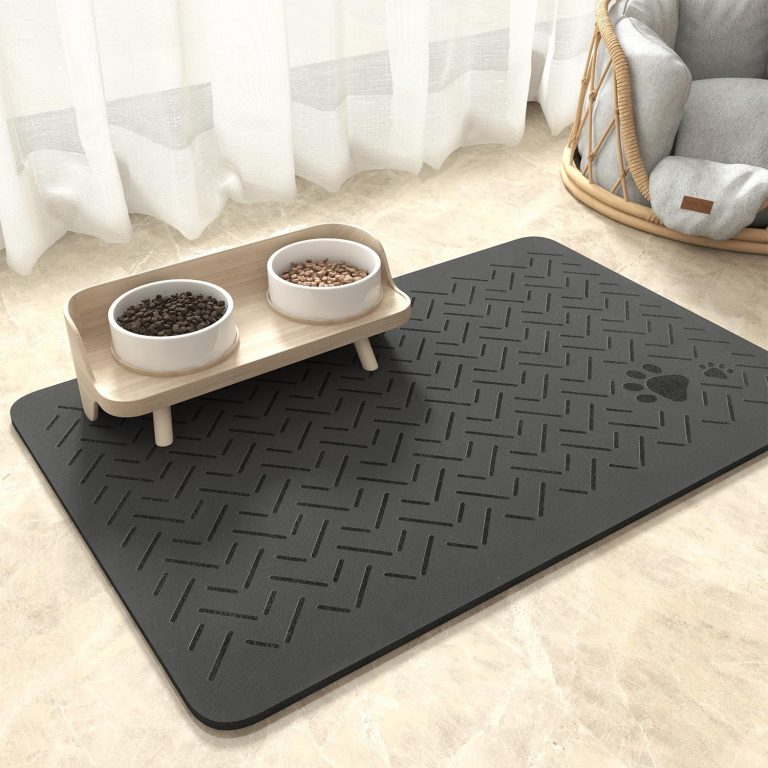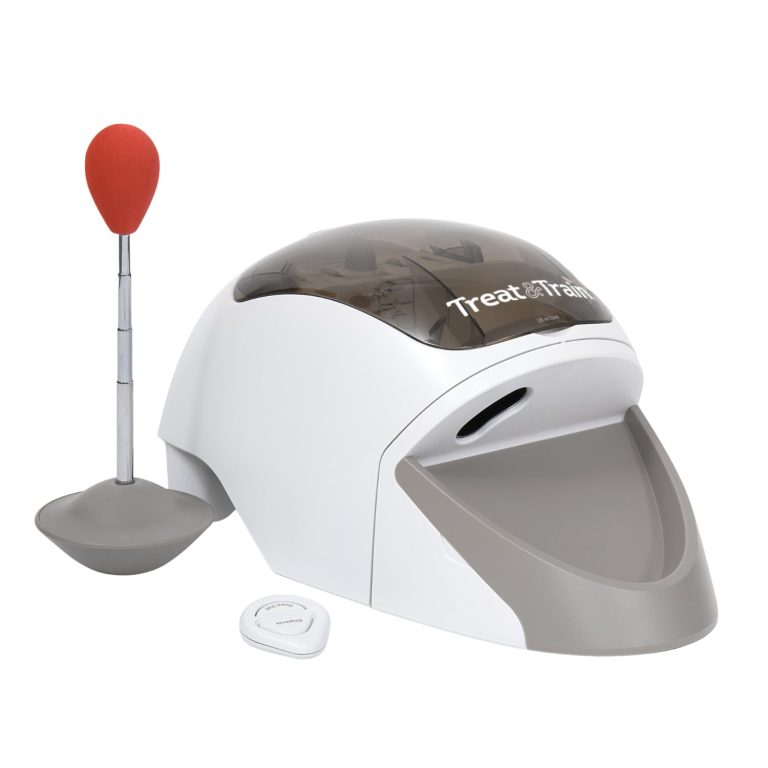The Link Between Dog Health and a Happy Home Life

Understanding your dog’s health needs
Caring for your furry friend goes beyond cuddles and treats; it’s a deep dive into understanding their unique health needs. Each pup comes with its own set of exercise requirements that keeps their tail wagging and their body fit. For instance, an active breed like a Border Collie will crave more playtime in the park than a laid-back Bulldog. But regardless of breed, all dogs need some form of physical activity to ward off weight gain and prevent health issues like heart disease.
Speaking of health issues, a variety of ailments can affect our canine companions. From the dreaded fleas and ticks to more serious conditions like diabetes or joint problems, being vigilant and informed about common health issues is key. Treatments can range from simple lifestyle changes and medications to more complex surgical procedures. It is always best to nip potential health problems in the bud with regular vet check-ups and by keeping an eye out for any unusual behavior or signs of distress in your pup.
Now let’s talk teeth; dental care for dogs is something that is often overlooked, but it’s as essential as the fur on their back. Did you know that poor dental hygiene can lead to issues that affect organs far beyond the mouth? Regular brushing and professional cleanings can prevent painful and expensive problems later down the road.
As our loyal companions age, their health needs can change faster than they chased squirrels in their younger days. Age-related changes such as arthritis or vision loss require tweaks to their living space and routine to make life easier. For instance, softer bedding and avoiding stairs can do wonders for older dogs with joint issues.
Just like humans, mental stimulation for dogs is not just a luxury; it is a necessity. Puzzle toys and learning new tricks can keep their brain sharp and boredom at bay. After all, a bored dog is often one this is up to mischief, chewed up slippers anyone?
Lastly, preventive care is perhaps the cornerstone of dog health. Vaccinations, heartworm prevention, and regular flea and tick treatments are the unsung heroes in your dog’s life. Consider them as the invisible shield that keeps your pooch protected from unseen health threats lurking around.
In essence, understanding and attending to your dog’s health needs is a journey that evolves with them. It is about creating a balance between love and discipline, between fun and fitness. By keeping tabs on exercise, common health issues and their preventions, dental and mental health, alongside changes due to age, you create a foundation for your dog not just to live, but to thrive.
Benefits of a stable and loving environment
A stable and loving environment is not just for the emotional benefit of your dog—it’s also vital for their physical health. A dog that feels safe and loved is more likely to be relaxed and stress-free, which translates to a stronger immune system and a lower risk of stress-induced conditions. The security provided by a consistent environment helps mitigate anxiety, preventing behavior such as excessive chewing or scratching, which can lead to injuries or infections.
Create harmony at home with regular schedules for feeding, walking, and bedtime. Dogs thrive on routine as it helps them understand what to expect throughout the day, reducing any potential stress. This can be particularly helpful when it comes to house training or managing separation anxiety. A predictable environment lets dogs feel in control, and this feeling of stability can make a significant difference in their overall health.
Ponder the impact of positive reinforcement. When dogs are praised and rewarded for good behavior, they’re more likely to repeat those behaviors. This not only strengthens the bond between you and your pooch but also encourages a happier and more cooperative household member. Additionally, a well-trained dog that responds to commands can avoid dangerous situations, contributing to their physical safety as well as their obedience.
It’s essential to provide a safe space for your dog, such as a cozy bed or a special spot they can call their own. When dogs have a designated area to retreat to, they can better cope with stress and potential overstimulation from their environment. This quiet space works wonders, especially during noisy events or when unfamiliar guests visit. Make it a haven with their favorite toys, where they can decompress and enjoy some tranquility.
Quality one-on-one time is irreplaceable, whether it is cuddling on the couch or playing fetch in the yard. Interaction with their human family members is something that dogs not only enjoy but require for their emotional well-being. In fact, engaging in regular play and affectionate petting can lower blood pressure and reduce the risk of cardiovascular issues, both for dogs and their owners.
Love and care from the family can significantly deter feelings of isolation and neglect, which are often precursors to health problems such as depression or compulsive disorders in dogs. By investing in a nurturing environment and showing heartfelt care, you provide your dog with the best possible platform for a healthy life, and in return, a gratifying companionship blooms within the warmth of a happy home.

Creating a routine for physical and mental well-being
Establishing a daily routine for your dog that includes ample opportunities for physical exercise and mental stimulation especially important for their overall well-being. Activities like brisk morning walks, interactive play sessions, and consistent training time not only keep your pup physically fit but also mentally engaged. Whether it is a game of fetch, a jog around the neighborhood, or doggy agility courses, these activities help maintain a healthy weight and improve cardiovascular health.
When it comes to exercise, remember that variety is the spice of life—even for dogs. Mixing up their activities not only keeps them interested but also works different muscle groups and keeps their minds active. Try incorporating exercises that cater to your dog’s breed-specific instincts; for instance, herding breeds might enjoy puzzle toys that require them to ‘work’ to release treats, while sporting breeds could benefit from retrieving games that simulate hunting.
Never forget the importance of mental exercise. Teaching your dog new tricks or commands nurtures cognitive development and can add an exciting element to their routine. Even simple activities like hide-and-seek with their favorite toys can be mentally challenging and immensely rewarding. Dogs often enjoy learning and the sense of accomplishment that comes with mastering new tasks, which in turn fosters a more confident and well-behaved pet.
Consistent training sessions are a key component of a dog’s routine, reinforcing not just commands, but also the bond with their owner; this ongoing communication primes them for better behavior and social interactions. Additionally, regular grooming rituals, such as brushing their fur or checking their ears and paws for any signs of problems, can help prevent medical conditions and also serve as a special bonding time with your pooch.
Preventive veterinary care is another indispensable aspect of a dog’s health routine. Keeping up with vaccinations, parasite control, and regular check-ups with a veterinarian is imperative. These appointments allow for early detection of potential health issues, which can lead to more effective and less invasive treatments.
Your furry companion’s dental health should also feature in their health maintenance regime. Regular brushing of their teeth can stave off periodontal disease, and vet-recommended chews can help in reducing plaque and tartar build-up.
As dogs age, they may require adjustments to their routine to accommodate their changing needs. Gentle, low-impact activities can replace more strenuous exercise for senior dogs, and special memory foam beds can make resting more comfortable for those with arthritis or hip dysplasia.
In a nutshell, ensuring your dog has a structured routine with a blend of exercise, mental challenges, and preventive health care is fundamental in fostering their physical and mental wellness. This consistent approach to their daily life not only speaks to their innate need for predictability but also solidifies their sense of security within the family, ensuring that your dog lives a fully rounded and joyous life.
Signs of happiness in dogs and their impact on the household
One of the most endearing qualities of our canine friends is their capacity for joy, and the signs of their happiness are not only heartwarming to witness but also indicative of their well-being. A happy dog typically displays a range of behaviors such as a wagging tail, a relaxed body posture, frequent playfulness, and an overall zest for life. Observing these signs often reflects the effectiveness of our care and the positive environment we’ve nurtured for them.
When dogs feel happy, it creates a ripple effect throughout the household. Their enthusiastic greetings and readiness to engage in fun activities can lift the spirits of everyone around them. Dogs’ uninhibited expressions of joy, like the excited spinning before a walk or the contented sighs as they settle in for a snuggle, are infectious and often bring smiles to our faces.
The impact dogs have on a home can be truly transformative. For families, a joyful pup can act as a unifying force, encouraging more activity through shared outings and playtime. For individuals, the companionship of a contented dog can be an antidote to loneliness or a stressful day. In the presence of a happy dog, conversations flow more freely and laughter becomes a common sound under the roof.
It is also notable that a dog’s happiness can be an informal barometer for their health. When dogs are regularly engaged in activities that fulfill them, such as chasing after balls or taking part in training sessions, it signals that they are physically able to enjoy life. This ongoing activity promotes cardiovascular health, helps maintain muscle tone, and controls weight — all factors that contribute to a dog’s longevity and quality of life.
Moreover, dogs who are happy and at ease generally exhibit fewer behavioral issues. This means fewer instances of destructive chewing, excessive barking, or other stress-related behaviors that can cause tension in the household. A serene and content dog is more likely to be cooperative and receptive to learning, making the task of training and cohabitation much smoother for everyone involved.
The benefits of a dog’s happiness go beyond the immediately visible. Research has shown that interaction with dogs can decrease levels of cortisol, the stress hormone, in humans, while increasing the production of serotonin and dopamine, neurotransmitters associated with happiness and relaxation. In essence, the sheer presence of a contented dog in the home can be a natural and effective way to enhance the well-being of its human inhabitants.
Ultimately, ensuring our dogs are happy is as much a gift to ourselves as it is to them. Their joy is a daily reminder of the simpler pleasures in life and encourages a more mindful and appreciative approach to our days. By fostering their happiness through attentive care, love, and understanding, we not only enhance the quality of their lives but also enrich the atmosphere of our homes, weaving a tapestry of shared joy and companionship that strengthens the bond between us and our four-legged family members.







